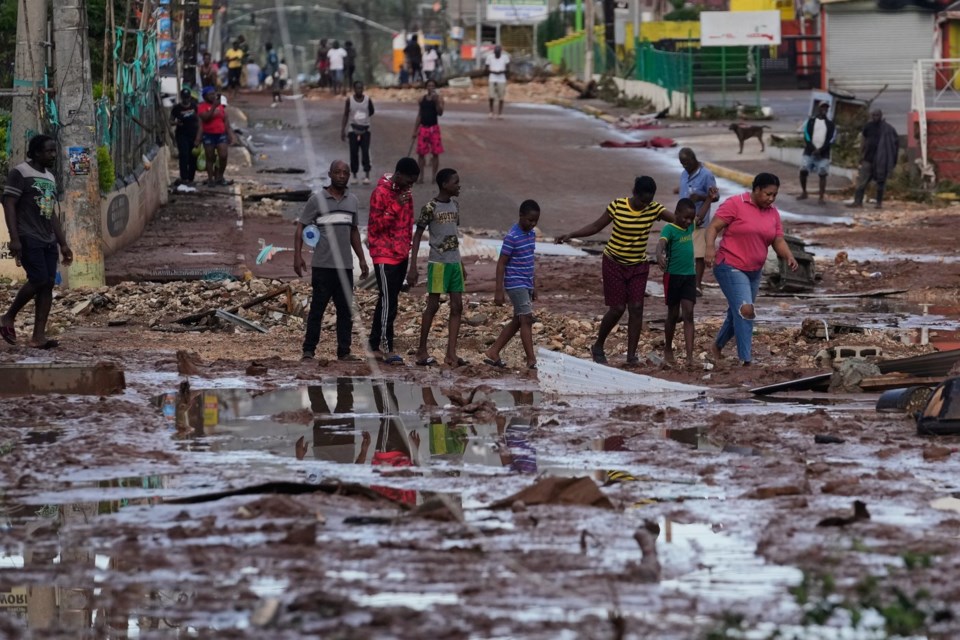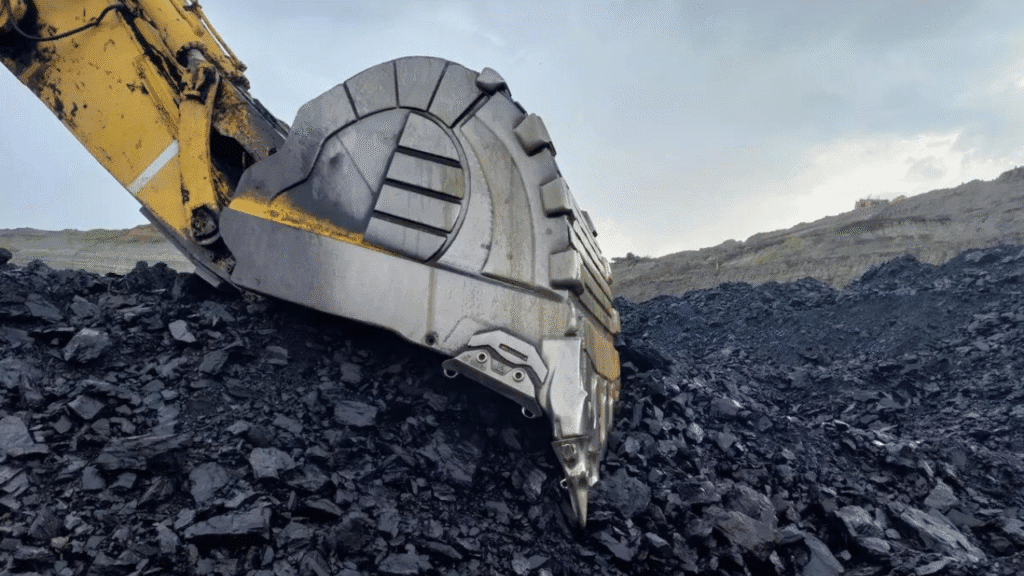Now Reading: Hurricane Melissa Leaves Trail of Destruction in Haiti, Dozens Dead and Homes Swept Away
-
01
Hurricane Melissa Leaves Trail of Destruction in Haiti, Dozens Dead and Homes Swept Away
Hurricane Melissa Leaves Trail of Destruction in Haiti, Dozens Dead and Homes Swept Away

Hurricane Melissa has battered Haiti, leaving at least 25 people dead and thousands displaced as heavy rains and powerful winds caused rivers to overflow and homes to collapse. The storm, one of the deadliest to hit the Caribbean nation in recent years, has exposed the country’s deep vulnerabilities to natural disasters and poor infrastructure.
Rescue operations are underway across affected regions, with emergency teams struggling to reach remote areas cut off by floods and landslides. Entire neighborhoods were submerged after riverbanks burst, sweeping away homes and leaving families stranded on rooftops. Power lines were downed, roads washed out, and communication networks disrupted, making relief efforts even more difficult.
Local authorities have declared a state of emergency as shelters fill up and hospitals struggle to treat the injured. The government is urging citizens in low-lying areas to move to safer zones, but many communities lack access to transport or proper evacuation facilities. International aid agencies are preparing to send assistance, but poor connectivity and damaged infrastructure remain major hurdles.
For Haiti, still recovering from past earthquakes and political instability, this disaster adds another layer of hardship. The storm has also raised concerns for neighboring Caribbean islands and parts of Central America, where rainfall warnings remain in place. Experts say climate change is likely amplifying the frequency and intensity of such hurricanes, leaving vulnerable nations like Haiti at greater risk.
The devastation from Hurricane Melissa is a grim reminder of how quickly nature can undo years of recovery efforts. As relief operations continue, the immediate focus remains on saving lives, restoring essential services, and rebuilding communities that have once again been brought to their knees by the forces of nature.
























